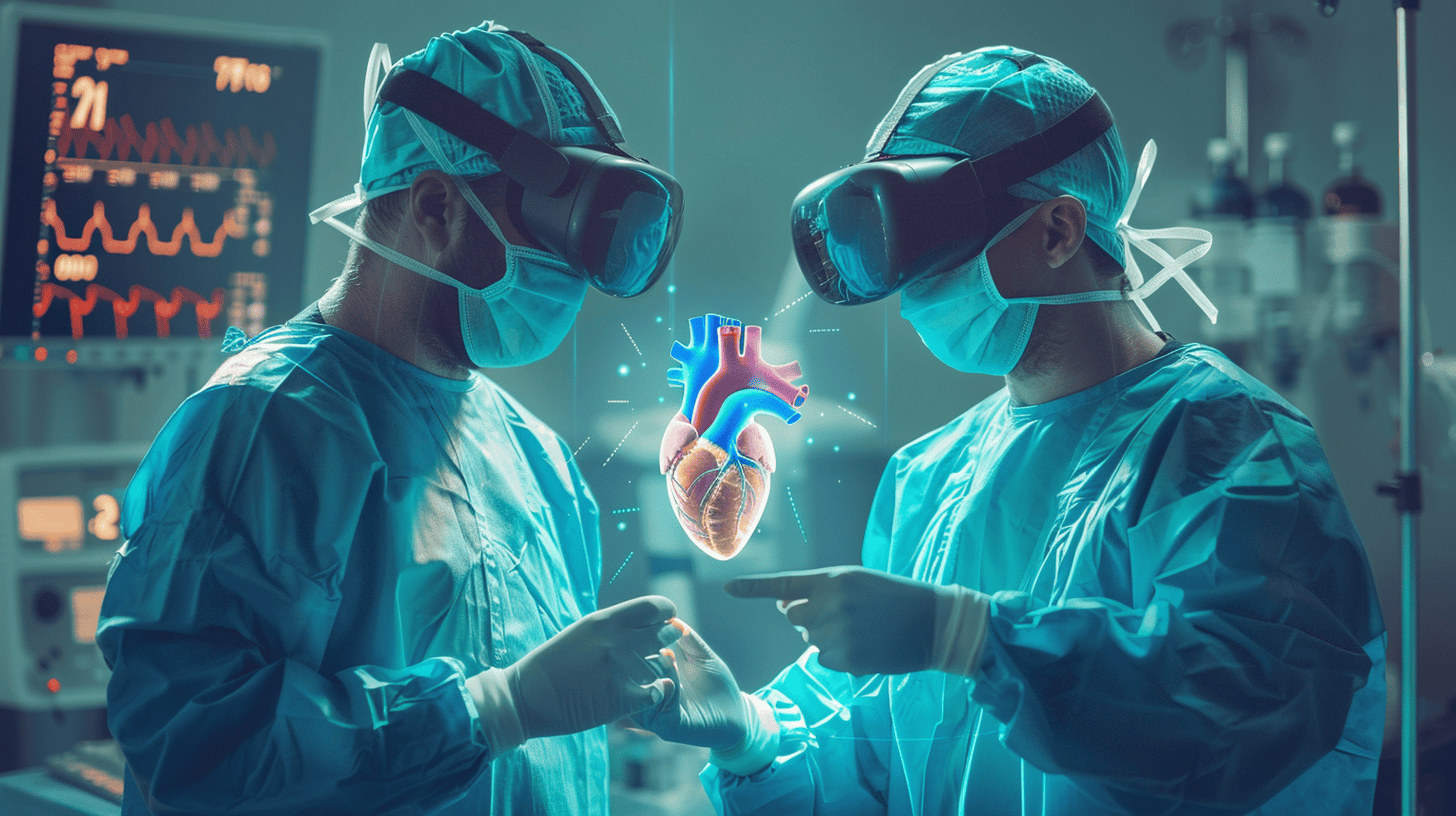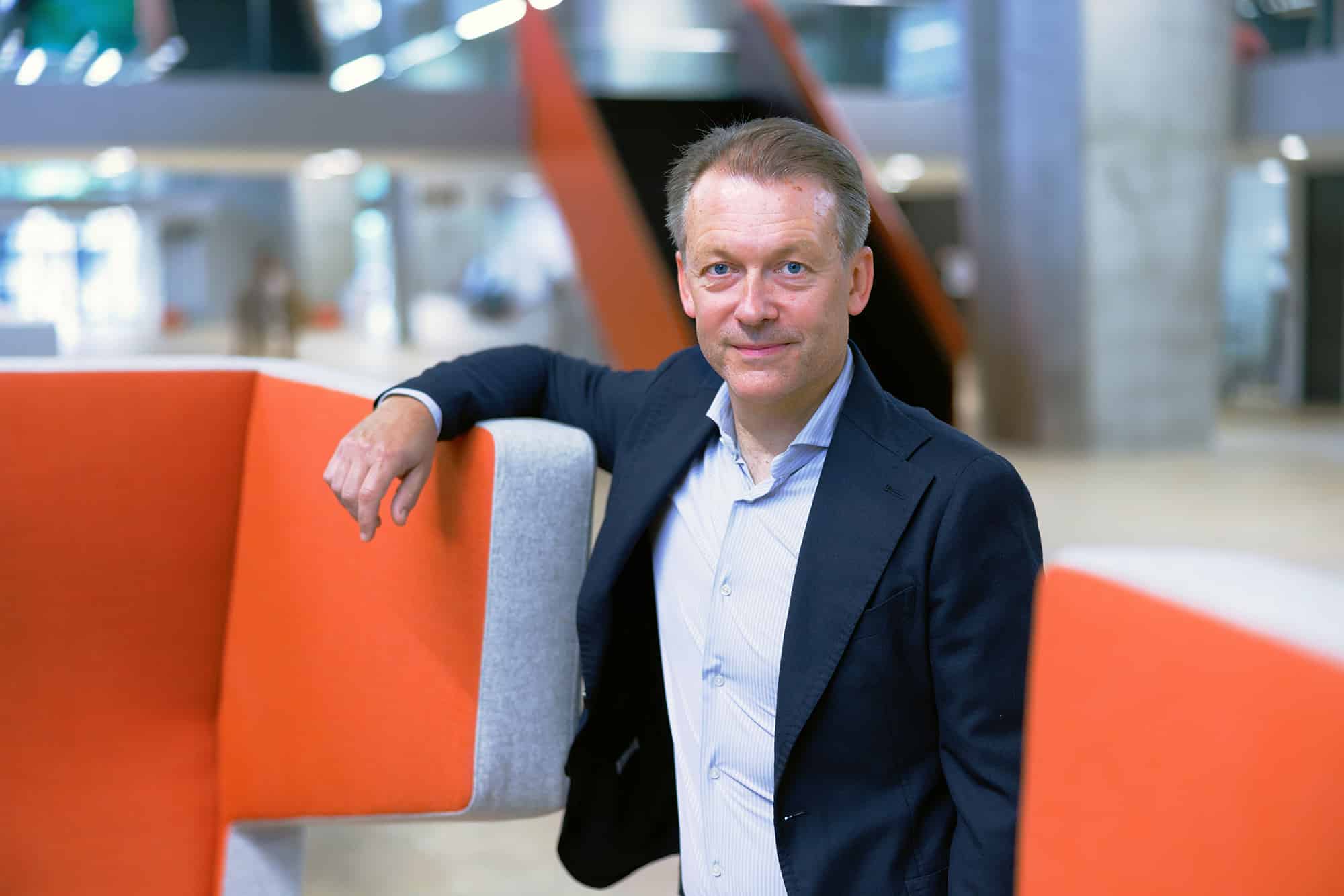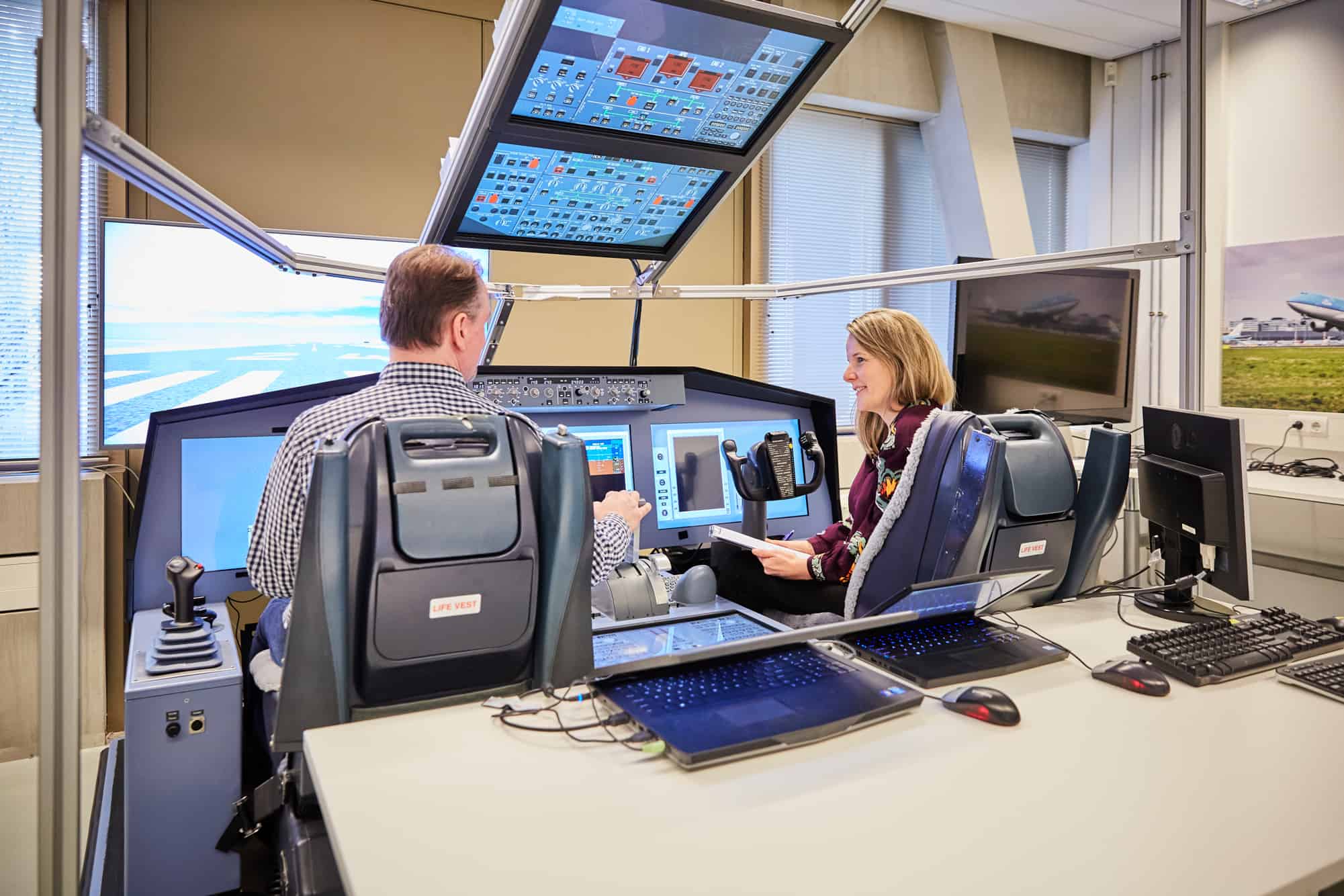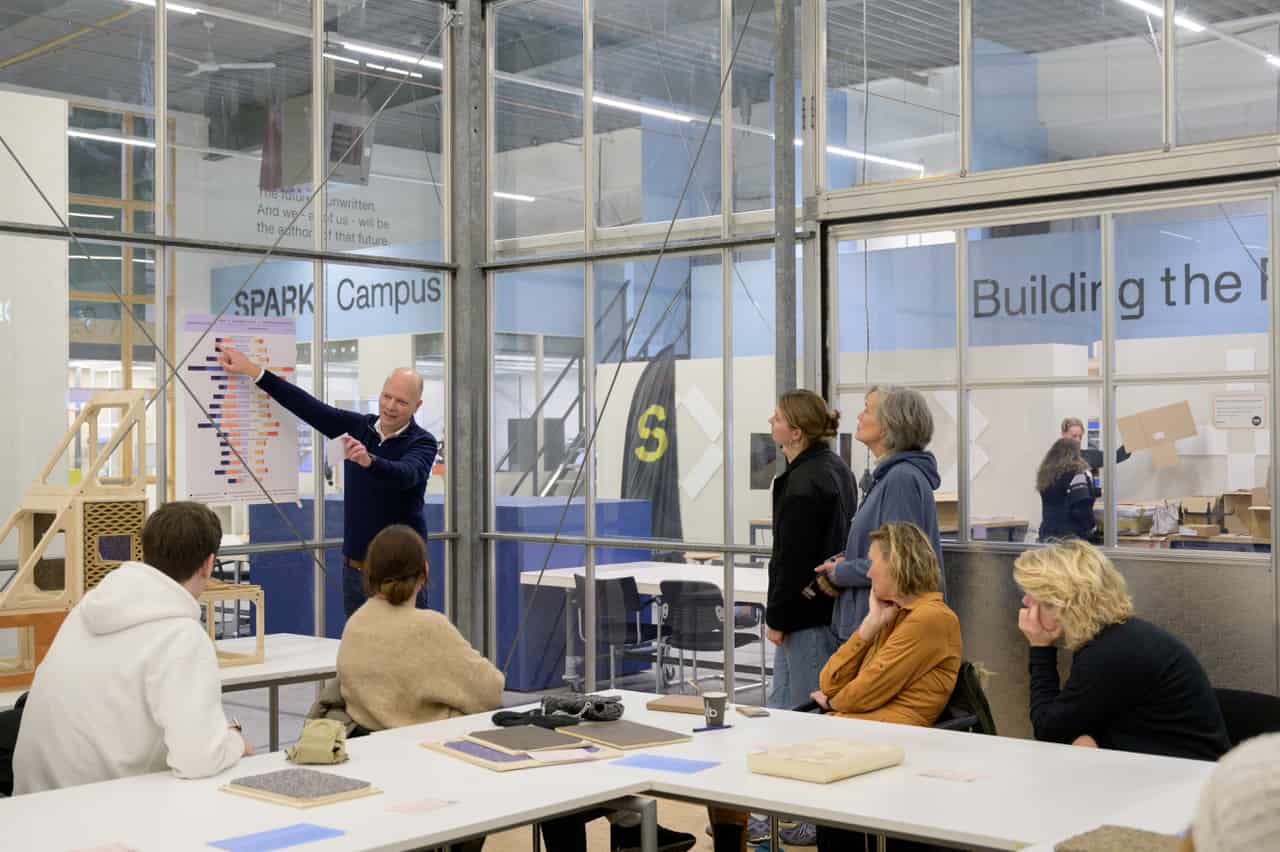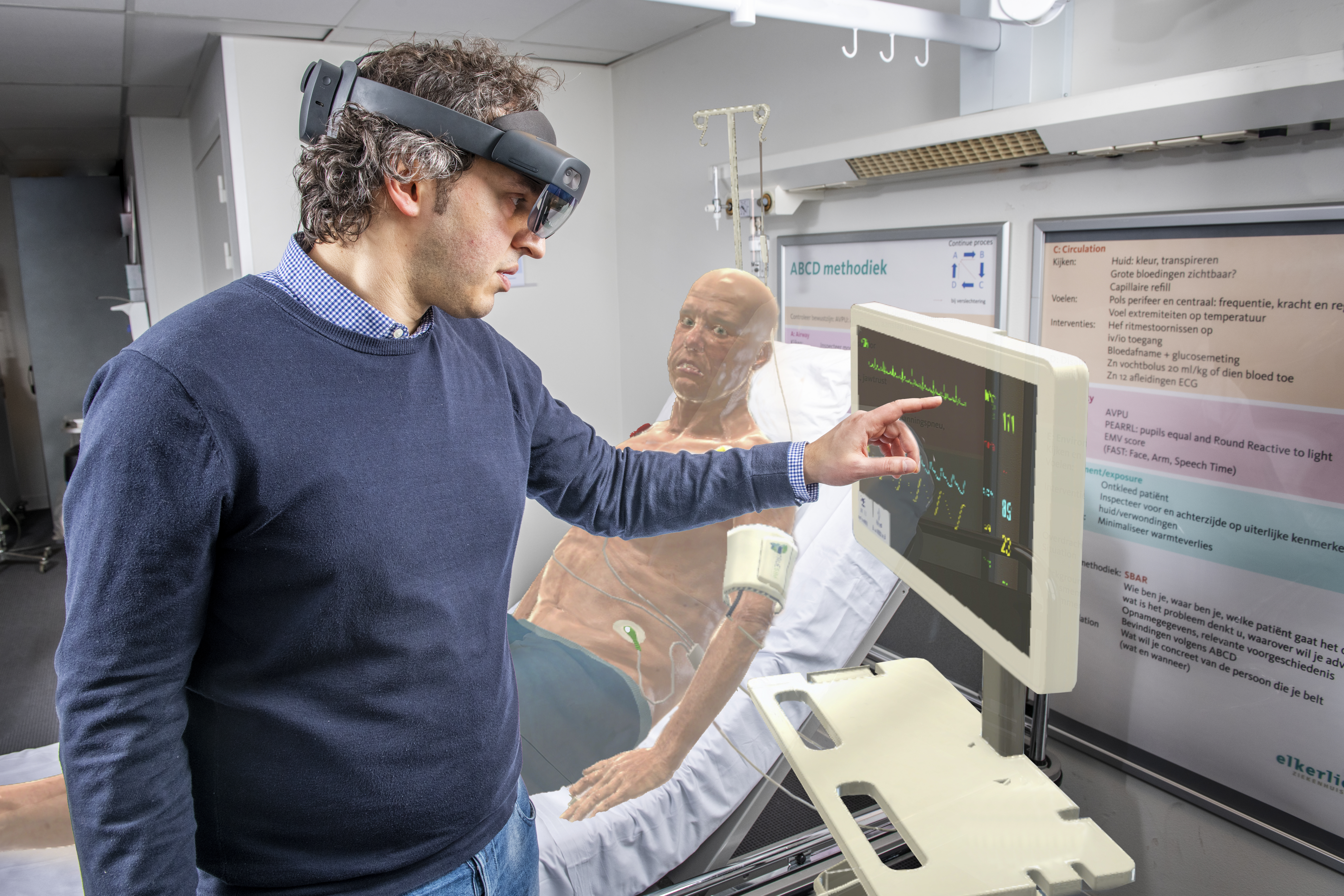
Soon, healthcare professionals will be able to practice on a lifelike fake patient using Mixed Reality goggles. Beginning this March, the start-up TrueSim is launching the first version of its simulation software on the market, and in doing so, they are helping to take healthcare a step forward. Founders Jasen Hashem and Pieter Tegelaers: “It is a dream come true.”
Healthcare and medical training in the Netherlands are labeled as top-notch around the world. And yet there is room for improvement. This was what the two founders of TrueSim noticed, who know each other from the time that they worked as ICU nurses at the Máxima Medical Center in Veldhoven, the Netherlands. In standard education, nurses still often practice on a dummy, which is supposed to represent the patient. Symptoms of the clinical condition and the response to the actions of healthcare providers cannot be recognized on such a dummy.
With the help of TrueSim’s simulation training, real-life situations are recreated. As a result, training is more effective and easily accessible to healthcare professionals. Symptoms of pathological conditions are depicted on a virtual patient by the software via Mixed Reality goggles. The doctors and nurses put these on when they want to train how to treat acute symptoms of a particular syndrome. Among other things, they learn the ABCDE Approach: a method in which help is given according to the principle ‘treat first what kills first’. In other words: focus on life-threatening issues first, and only then on secondary injuries. Via an app on their phones, participants can see what went well during the training and where there is still room for improvement. The training can be done at any time, on an individual basis or in a group.

‘Dream come true’
The fact that TrueSim will be entering the market with this application this March is a major step. “It’s a dream come true,” says Tegelaers. “We looked carefully at what the healthcare sector really needs and then worked extremely hard to develop our product. That it’s actually happening now is just fantastic.” Thanks in part to Rabobank’s Rabo Innovation Loan, TrueSim is now able to take this step.
Cooperation with Elkerliek hospital
The interactive training pilot was extensively tested beforehand at the Elkerliek hospital in Helmond. “We tested our product with doctors and nurses and saw if it met their needs.” The founders got that confirmation. “We are busy, because over the next few months, we have to go to 19 hospitals and 2 training programs to demonstrate our product,” says Tegelaers.
According to Hashem, healthcare professionals are reporting that they see the added value of simulation training. “Our training is based on a physiological model,” he explains. “That means that things in the training sessions are like they are in real life. The patient looks at you, and you can see in the patient the effect of the treatment you are administering. What happens when you administer oxygen, for example? Healthcare professionals learn an awful lot from this kind of interactive training.”
Support from Rabobank
Rabobank is not only providing a loan, but is also advising the start-up and providing it with the contacts it needs. John-Paul van Heel, Account Manager Healthcare and Innovation at Rabobank: “We want to help keep the level of healthcare in the Netherlands high. The aging population will only lead to an increase in the demand for care, so innovation is needed. With the use of TrueSim’s application, healthcare providers can start training during working hours, at any location. This eliminates the need for nurses to be scheduled out of providing healthcare during training sessions.”
Van Heel is expecting that TrueSim will conquer the market. “On the one hand, their product will make a fine contribution to innovation within the Netherlands. On the other hand, it is an ideal product for export. I am confident that they will be successful and hope that we can support them for a long time to come.”
Also read: Better for the patient, more efficient for the surgeon
The final adjustments
TrueSim is currently making the final adjustments to prepare the product for the market. Hashem: “Apart from literally putting the finishing touches to texts that we show during training sessions, for example, we have also made modifications to the licenses. For one thing, we had originally assumed that the licenses would be annual. However, by talking to healthcare professionals we discovered that they prefer to take a group of people off the wards once a year and train them in a short period at the same time. So we are now offering shorter licenses. Additionally, there is also the possibility of an open license per unit for an unlimited number of users.
Future perspective
Each month, the start-up adds new disease scenarios to the training simulation. “We have the basis of our package ready to go and can continue to develop it relatively easily,” says Tegelaers. For example, the question often comes up from healthcare professionals whether a children’s module will also be added. “You see that the urgency of children’s healthcare really plays a role in hospitals and that there is a need for better training. After all, providing healthcare for children is different from providing healthcare for adults. That’s why we decided that we are also going to provide something in this direction anyway.”
The ultimate goal is to offer easily accessible training to as many healthcare staff members as possible. “Healthcare has always been a bit of a conservative branch,” says Hashem. “Yet we get the impression that there has been more scope for innovation in recent years. We hope that we can keep up with that, and that in a few years’ time we won’t just be in the Netherlands, but will be able to offer the training courses throughout Europe.”



